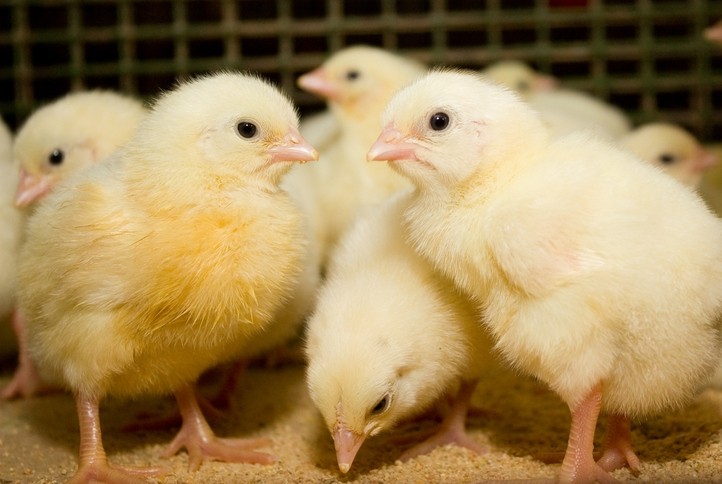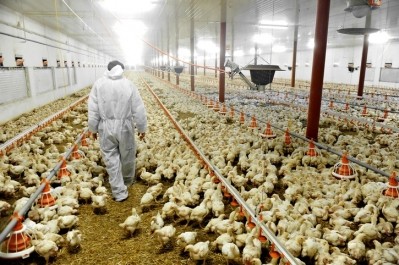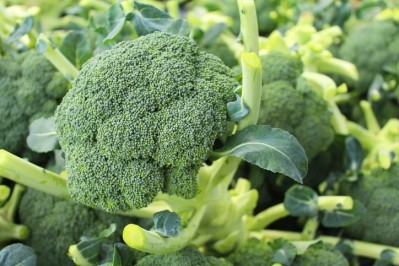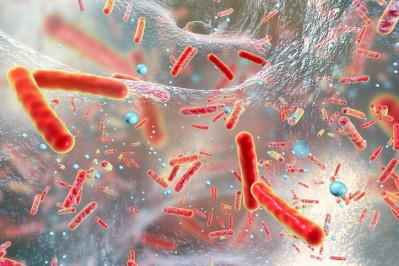Feed additive development looks to address bacterial virulence

During Amlan’s Summer International Poultry Seminar, the Illinois-based company outlined its upcoming work with anti-virulence and bacterial quorum sensing and highlighted a few of the products it has in development to address C. perfringens, necrotic enteritis, coccidiosis and layer hen performance.
The company focused on the challenges brought by coccidiosis and necrotic enteritis because of their role in poultry production, said Hongyu Xue director of life sciences research with Amlan.
“Coccidiosis is the number one health concern for broiler chickens,” he told us. “Necrotic enteritis has risen to number two in the broiler production industry – that’s why we like to focus on this.”
Additionally, the company has been focusing on developing natural or non-pharmaceutical solutions to address the challenges, said Mike McPherson, chief development officer with Oil-Dri, Amlan’s parent company. The length of the registration process and financial investment needed to create new pharmaceutical products add barriers to that method of development.
“We also believe long-term pharmaceutical products will have a reduced role in favor of natural products,” he said. “That’s what we believe long-term [and] that may play out over 20-30-40 years, but, in general, we think people more will favor natural solutions to control disease.”
Anti-virulence efforts
As part of its ongoing work to address disease challenges, Amlan has been looking to reduce the virulence of pathogenic bacteria without specifically killing the bacteria, said Xue.
The process of using antibiotics to kill bacteria may selectively support the growth of antibiotic-resistant bacteria, he said. “Antibiotic resistance has become a worldwide major issue,” he added.
However, a potential alternative pathway is to focus on ways to keep bacteria from causing disease by limiting its virulence, he said. “Microbial virulence is the ability of the microbe to cause disease and major virulence factors include toxins, including exotoxins and endotoxins,” he added.
“Anti-virulence therapy is aimed to inhibit bacterial virulence factors rather than directly killing the bacteria and so generally it doesn’t affect the bacteria growth,” he said. “That’s a key feature that differentiates anti-virulence therapy from conventional antibiotics, which directly have some bactericidal or bacteriostatic effects and are placing the bacteria into a very intense selective pressure.”
The idea has gained traction in human medicine, but less work has been done to develop products for use with production animals, said Xue. “That’s why we’d like to advocate and promote the concept in the animal health field and translate this concept into something meaningful and practical, which can be used in real-world animal production applications.”
“We’re looking for solutions actively to reduce the challenge in the intestinal environment – how we can either manipulate this environment to reduce the number of pathogens, kill the pathogens, neutralize the pathogens or, in the area of quorum sensing, reduce their ability to become virulent,” added McPherson. “What we can do to strengthen the intestinal barrier, what we can do to boost the immune system that’s why Amlan is investing heavily in the life sciences… We’re also looking at targeted delivery systems for non-active pharmaceutical ingredients.”
Product design and development
The three new products closest to the registration and launch stage include NeutraPath, an antimicrobial, and products focused on coccidiosis and improving layer performance, said Xue.
Testing done with the antimicrobial NeutraPath found that it performed similarly to the antibiotic-based control and was able to improve bird survival and weight gain during disease challenges, he said. “In study one we brought down the mortality from 54% to 27% [compared to the untreated control group] and in study two we brought down the mortality from 27% to less than 5%,” he added.
“This is a prime example where we incorporated the anti-virulence concept because this is a formulated feed additive, which features the use of three different ingredients targeting at different levels,” he said. “Something to have the bactericidal effect, another ingredient which can target the quorum sensing and block upstream communication between bacteria and the third ingredient can neutralize the toxin produced – the exotoxin, endotoxin – produced by the bacteria.”
Similarly, in a 28-day study, birds were challenged with three strains of coccidiosis, he said regarding the development of another upcoming product. The non-pharmaceutical, anti-coccidial product supported weight gain and feed conversion, and reported results that were similar to the ionophore-based control.
The compound also was found to help reduce lesion scores, though not to the same level as the ionophore, said Xue.
The products discussed during the event are in the final stages of development work, said McPherson.
“We’re finishing shelf-life stability studies now,” he said. The final stage of completing a dossier for registration includes completing a shelf-life stability study using the intended packaging for the product, he added.
The plan is to finish that effort and start submitting registrations for the 10 largest poultry production markets later this year, he said. Discussions with large producers regarding remaining questions or additional studies also are anticipated to take place at that time.














